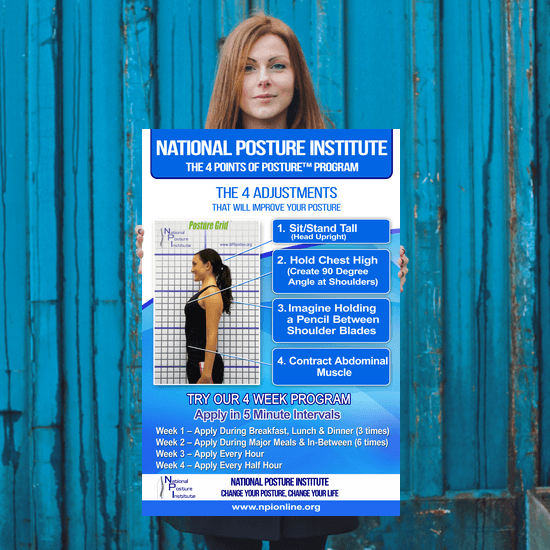How Conducting Assessments Allows You to Know Your Clients Inside and Out
What’s the first
thing you do when you get a new client? You’ve introduced yourself of
course. You’ve had a nice lengthy chat with them about their goals and
aspirations, and you’ve sold yourself as the professional they need to
get the job done. You’ve given them your contact information and you’ve
both set up a time and space for achieving said goals and aspirations. A
real plan is coming together and you’re both really going to jump into
it and begin sooner than later.
![How Conducting Assessments Allows You to Know Your Clients Inside and Out [National Posture Institute] How Conducting Assessments Allows You to Know Your Clients Inside and Out](images/TrainerTalkingtoaClient_001.jpg)
This is the first big
phase of any relationship between client and professional. You’ve taken
time to establish yourself in the mind of the client and you’ve allowed
yourself to get a firm handle on what they want by speaking with them
at length. If you want to foster a successful and meaningful
relationship you need to get to know your clients, after all it’s what’s
necessary in our line of work. What comes next is often forgotten but
should be done before any real work takes place: The assessment process.
There are several
ways people conduct assessments, but they’re necessary none of the less.
By just speaking to the person and asking pertinent questions it
usually gets the ball rolling, but a formal assessment process will
teach both parties more than just conversations. Every client should be
subjected to some form of health and/or readiness assessments. You have
to know if someone is even ready to work on said goals before they
begin.
A formal written
assessment is typically the best method. Whether that be conducted
interview style, like homework (i.e. handed to them and asked they
return it filled out), or sent via email with the same expectation, it
all does the trick. The interview style works better for some as it
allows more face-to-face time and the questions are answered
immediately, but will make some feel awkward as it puts them on the
spot. The homework or online approach feels less touchy-feely, but gives
the person the space to answer questions in their own time.
Before continuing,
let’s establish the role of the assessment beyond readiness. If you’ve
already ascertained their ability to start the program, the rest is to
understand who they are on a deeper level. You’re assessing a person not
just to have something on paper, but to get to know who you’re working
with and how you can help them achieve their results.
One of the huge
benefits of administering an assessment is that it uncovers information
that may not be covered in conversation. For example: The person may
completely skip the fact that they had an injured leg 2 months ago or
that they smoke regularly. You may also uncover things that they hadn’t
realized were there. Asking them to complete the assessment could have
uncovered information about heart disease in their family. You both now
know a lot more about their situation.
The information
uncovered through these assessments act as a starting point toward major
change for some people and that’s also why it shouldn’t be skipped.
It’s a kind of unique opportunity to delve deeper and get real about
one’s situation even before their first real sessions begins. You’ll
find that some assessments require the client to find out information
they may not know off their head, like their blood pressure, cholesterol
etc. Some may shrink away from it, but this is exactly what’s necessary
to get to the root of the issue. By identifying possible problems, you
can already start the conversation about areas they need to improve.
With all that said,
assessments can feel intrusive for the client. They just met you and
here they are sharing their life-story so while it may seem like a great
idea to keep digging to divulge the right information, tread carefully.
It is, however, highly advised that you understand their health and any
related concerns, and have those documented to avoid future issues.
It’s advised that
after some time you re-administer the same assessments. Naturally, if
you’re trying to improve a particular issue then it may require you to
assess them more frequently, case in point if you’re doing posture
assessments. A general health questionnaire could be spaced out over
more time, but its good practice to ensure it’s done as it will show
where they were and where they are currently. It allows you to set new
goals for what was missed and what needs to improve.
Since we’re knee deep in the discussion about assessments, have you seen our 4-points of posture™ poster?
The poster is designed to give you a visual reference when correcting
your client’s posture. Hang it in the office or in your posture
assessment area. You can refer back to it and use it as a teaching tool.

Here’s the poster >> |